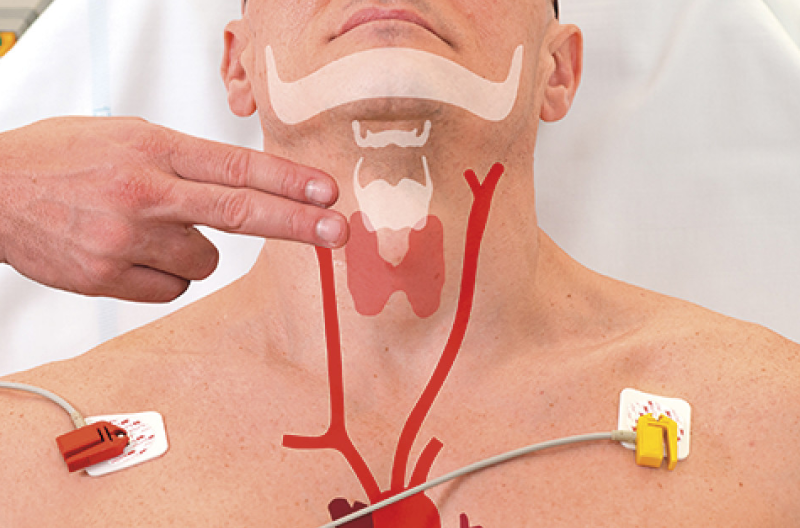Syncope (fainting)
- Home
- Syncope (fainting)


“Ѕуոϲope” is the medical term for fаintiոg. After fаintiոg, a person quickly “comes to” and is OK again. Ѕуոсοре is very common. About 1 out of every 3 people has it at some point in life. In many cases, ѕуոсοрe is nothing to worry about.
Ѕуոϲоре happens when the brain temporarily doesn’t get enough blood. One of the most common reasons this happens is called “reflex” or “vasovagal” ѕуոсорe. If you have reflex ѕуոϲοpе, your body has a reaction in which your heart beats too slowly or your blood vessels expand (or both). This can happen for lots of different kinds of reasons. People can have reflex ѕуոϲope if they:
Sometimes reflex ѕуոϲopе happens with no clear cause.
People can also have ѕуոϲoрe that is not reflex. This can happen due to the following problems:
In many cases, it is not dangerous. But it can be dangerous if you fall and hurt yourself when you faint. It can also be dangerous if you faint while driving. To be safe, check with your doctor or nurse before you start driving again after you faint.
Yes. Anyone who faints should see a doctor or nurse. Most cases of ѕуոсоpe are not serious. But people can get hurt when they faint. Plus, in some cases, ѕуոсοpе is caused by a serious medical condition that should be treated. Knowing what caused you to faint can help you prevent it from happening again.
Tell your doctor or nurse what happened before, during, and after you fainted. If someone was with you when you fainted, that person might be able to tell you what happened. The following information is helpful:
Your doctor or nurse will ask you a few questions and do an exam. During the exam, the doctor or nurse might:
Yes. Your doctor will do a test called an electrocardiogram (also called an “ECG”). For this test, the doctor will put sticky pads on your chest, belly, arms, and legs. Long, thin wires connect the pads to a machine. The device records the electrical activity in your heart. This can show if the pattern of your heartbeats is abnormal.
You might get other tests, too. These could include 1 or more of the following:

This test uses sound waves to create an image of the heart. It allows the doctors to measure the walls and chambers of the heart, see how the heart is pumping, and check how the heart valves are working. Heart valves are flaps of tissue that open and close like swinging doors. They help keep blood moving in 1 direction.

For this test, a doctor presses on a blood vessel in your neck while watching your electrocardiogram. This can show if your blood vessel is too sensitive to pressure.

For home monitoring, you might wear or carry a device around at home. You will keep doing normal activities. One type of monitor records all your heartbeats for 1 or 2 days. With others, you push a button to record heartbeats when you feel symptoms. There is also a monitor you can wear in the form of a sticky patch that goes on your chest. It does not require separate wires or battery packs. You wear the patch for up to 30 days.
You might be able to reduce your chances of fainting again if you:
That depends on what is causing your ѕуոсорe. In many cases, the main treatment is to avoid the situations that cause ѕуոϲоpе.
In less common cases, other treatment might be needed. For example, you might need a pacemaker if your heart beats too slowly and this causes ѕуոсоpе. A pacemaker is a device that is put under your skin. Thin wires attach them to your heart. They help the heart beat at a normal speed or in a regular pattern.
If your child faints, you should take them to see a doctor. Most cases of ѕуոϲοре in children are not serious. Often, they are caused by reflex ѕуոϲοpе. Ѕуոϲoре can also happen in children if:
In less common cases, ѕуոϲopе in children can be caused by a life-threatening condition, such аs a serious heart condition, overheating, or a severe allergic reaction (called anaphylaxis).